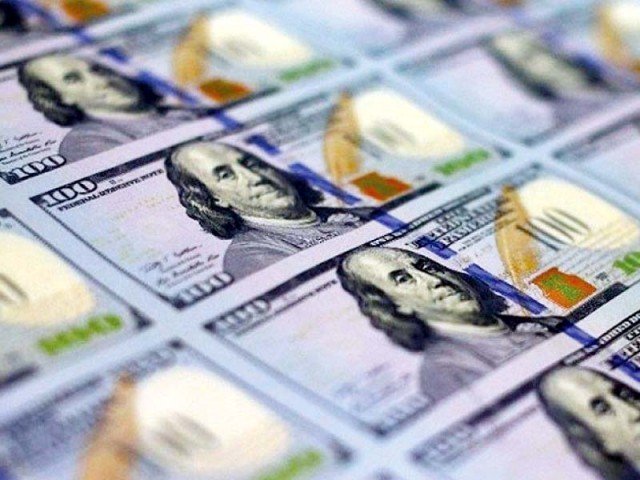
session. The US would face a trillion-dollar budget deficit this year, said Cantor.
Increasing numbers of unfunded pensioners and a rise in health coverage cost also added to the federal government debt, he said, adding in the private sector, the debt had remained a major driver of economic growth. Jin Keyu said the rising debt would potentially become an issue for the financial markets.
She pointed out that high debt levels in China were also related to the 2009 fiscal stimulus introduced to avert recession, but in turn created a shadow banking sector.
“This led to some risky activities,” she added. For emerging markets, the issue along with borrowing was the currency mismatch in balance sheets like “how much you are borrowing in dollars terms”, said Keyu. Pakistan also faces the ticking debt bomb, which has already hit dangerous levels.
The debt-to-gross domestic product (GDP) ratio increased to 72.5% in the last fiscal year ended June 2018, which was far higher than the safe levels for developing countries like Pakistan. Government’s estimates show that in the next four years, over 45% of its budget would be consumed in debt servicing.
The economics professor said China had rolled out the Belt and Road Initiative (BRI), which was potentially a good thing, but “of course the risks associated with the accumulation of debt and uncertain returns on infrastructure projects are something that China and some other countries need to consider”. The China-Pakistan Economic Corridor (CPEC) is part of the BRI, under which China has committed investment of $50 billion in Pakistan in the long term.
Foreign exchange: SBP reserves drop to critical level of $8.4b
Pakistan has estimated that against inflows of $26.5 billion by 2023, the country will return $40 billion to the Chinese government and its financial institutions in shape of debt repayment and return on investment. She said everybody was afraid of China’s economic situation and China was afraid of America. “China is slowing down and there is no doubt about that,” said the professor, adding the country was slowing down because the government in the last two years made efforts to deleverage the economy.
Jul-Nov 2018: Pakistan receives only $1.7b in foreign loans
A few years ago, people believed that China could be a potential ticking bomb, but the Chinese government, through a variety of measures, stabilised the economy, Keyu remarked. Mthuli Ncube, Finance Minister of Zimbabwe and former vice president of African Development Bank, said debts had already reached unsustainable levels in the developing countries. The developing countries must stop borrowing in foreign currency to finance the infrastructure projects, he said. Such projects could either be shifted to the private sector or may be completed under the build-operate-transfer (BOT) mode, suggested Ncube.
1731570357-0/elon-musk-(1)1731570357-0-405x300.webp)
-(1)1717678110-0/Kendrick-(1)-(1)1717678110-0-165x106.webp)















COMMENTS
Comments are moderated and generally will be posted if they are on-topic and not abusive.
For more information, please see our Comments FAQ